Big cats, including lions, tigers, leopards, and jaguars, have always fascinated humans with their majesty and power. However, not all big cats look alike; some display unique physical characteristics due to genetic mutations. These mutations can lead to extraordinary differences, such as white fur, blue eyes, or even a change in size. In this article, we will explore why some big cats have unique genetic mutations and what these changes mean for their survival and adaptation.
Understanding Genetic Mutations
A genetic mutation is a change in the DNA sequence, which can occur naturally or due to environmental factors. While many mutations are neutral, some can have significant impacts on an organism’s phenotype, or physical traits. Genetic mutations can introduce new traits, some of which may be advantageous or detrimental to the organism’s survival.
The Role of Mutation in Evolution
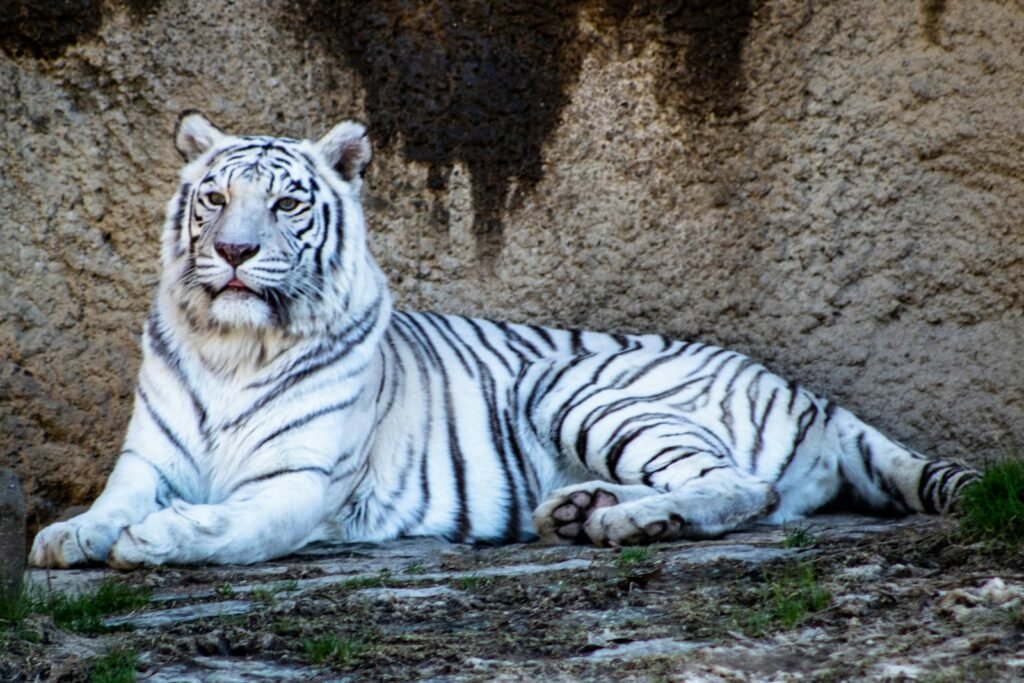
Mutations play an essential role in evolution, providing the raw material for natural selection to act upon. While most mutations may be harmless or even neutral, some can give an individual a survival advantage. Over many generations, these advantageous traits can become more common within a population, leading to evolutionary changes.
Common Genetic Mutations in Big Cats
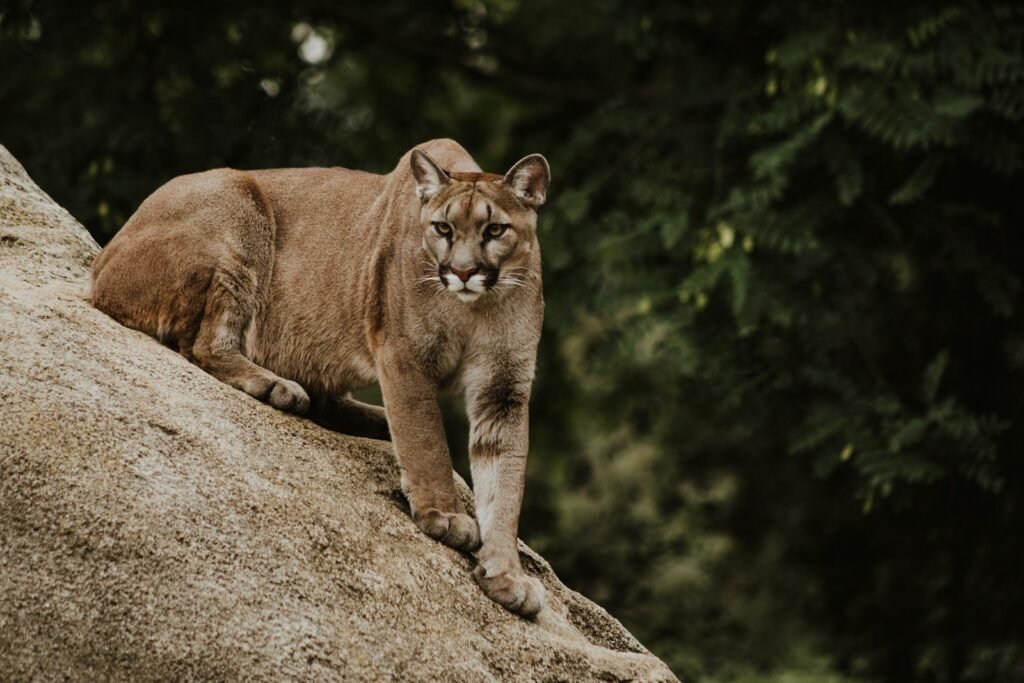
Certain genetic mutations are commonly observed in big cats. These include variations in fur color, pattern, size, and sometimes even behavior. For example, the iconic white coloration in some tigers and lions is due to specific mutations affecting pigment synthesis.
The White Tiger: A Case Study
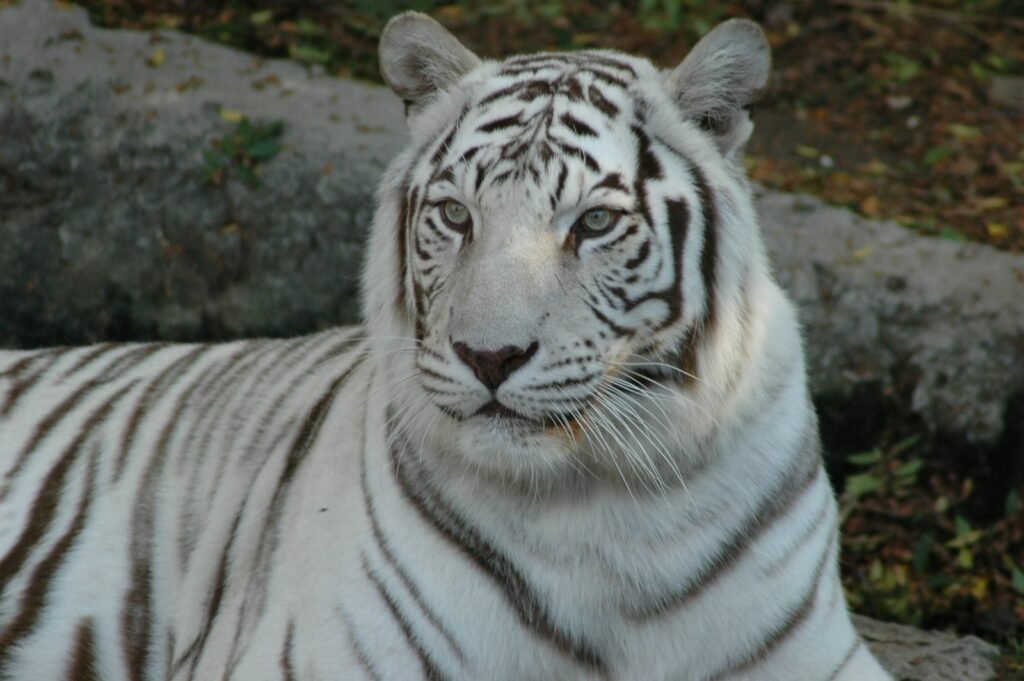
The white tiger is one of the most well-known examples of a big cat with a unique genetic mutation. This mutation occurs in the gene responsible for coding the pigmentation of the tiger’s fur. The change results in a lack of the red and yellow pigments in the fur, giving the tiger its striking white appearance. While beautiful, white tigers often have health issues related to inbreeding.
Leucism and Albinism: Lack of Pigmentation
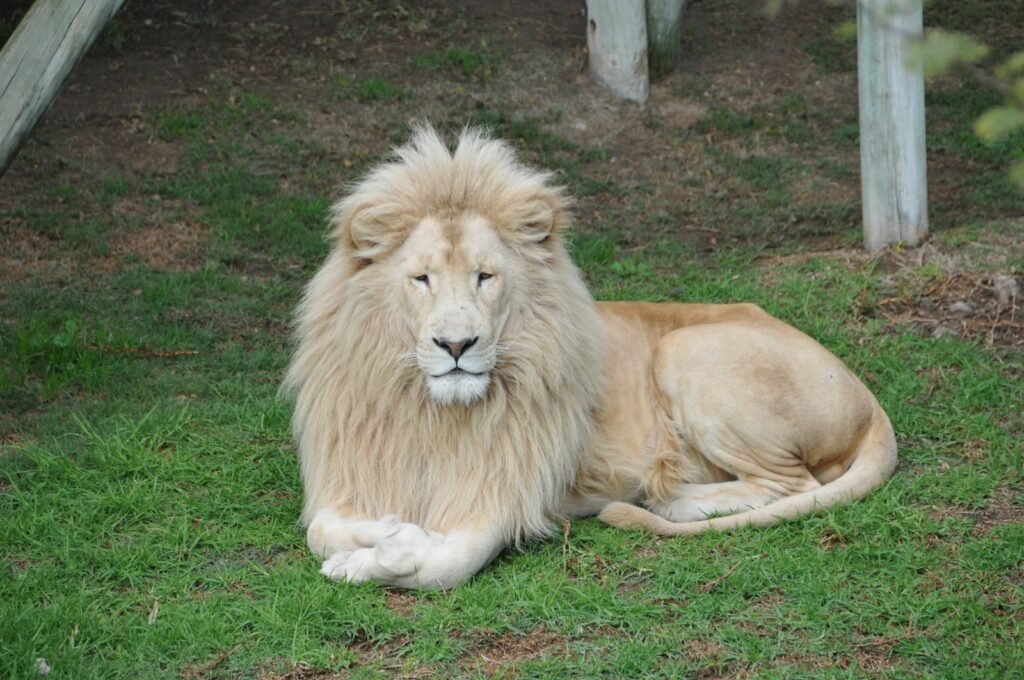
Leucism and albinism are two types of pigment-related genetic mutations. Leucism results in a partial loss of pigmentation, leading to white or pale skin and fur. Albinism, on the other hand, is characterized by a complete lack of pigmentation and affects the eyes, skin, and hair color. Both these mutations can occur in big cats, affecting their appearance and sometimes their survival.
Melanism: The Opposite End of the Spectrum
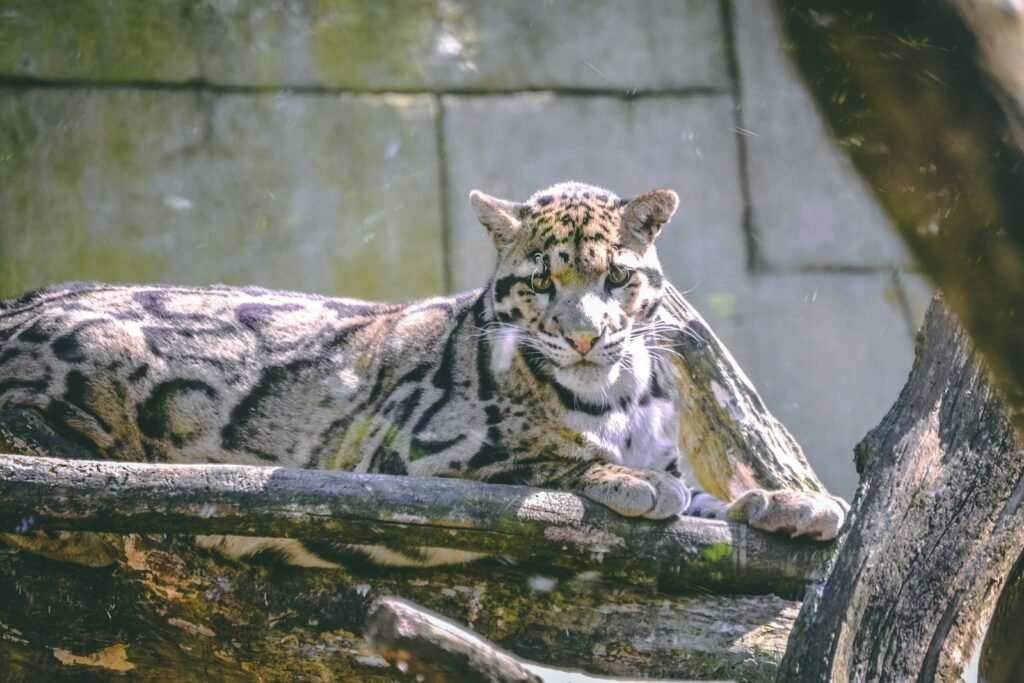
Melanism is a genetic mutation that results in an increase in dark pigmentation. Big cats like leopards and jaguars can exhibit melanism, appearing almost completely black while retaining their characteristic spotting. This mutation can provide advantages, such as better camouflage in dense forests, aiding in hunting and evading detection by prey.
Genetic Mutations and Survival
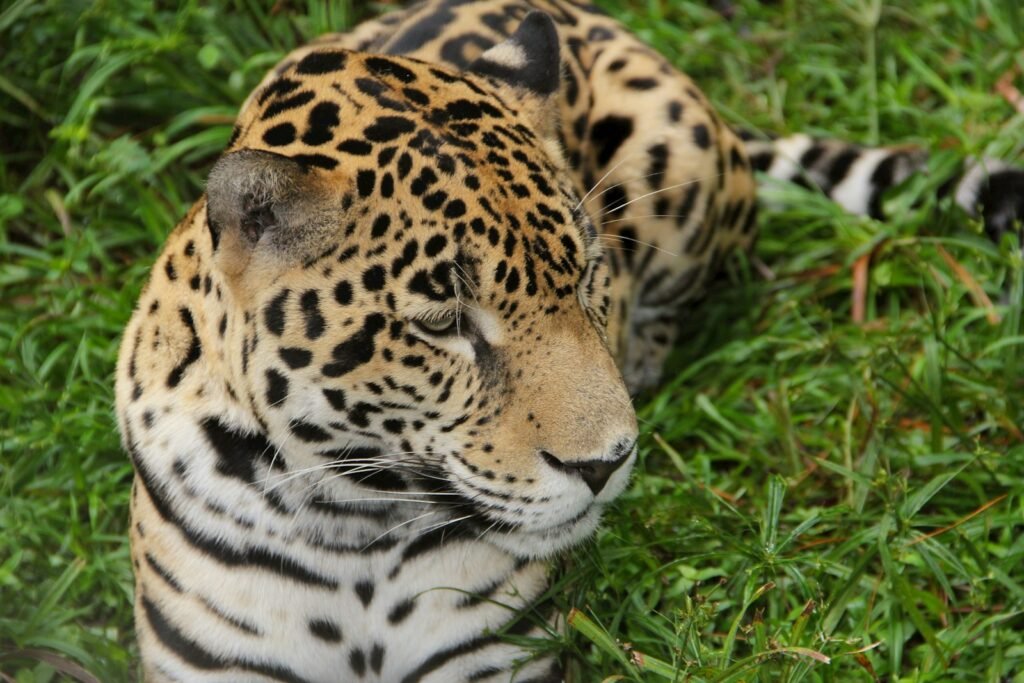
The impact of genetic mutations on survival can vary. Mutations that lead to distinctive appearances can sometimes hinder an individual’s ability to blend in with its environment, making it more challenging to hunt or hide from predators. Conversely, mutations like melanism can enhance survival by offering better camouflage.
Human Influence and Genetic Diversity
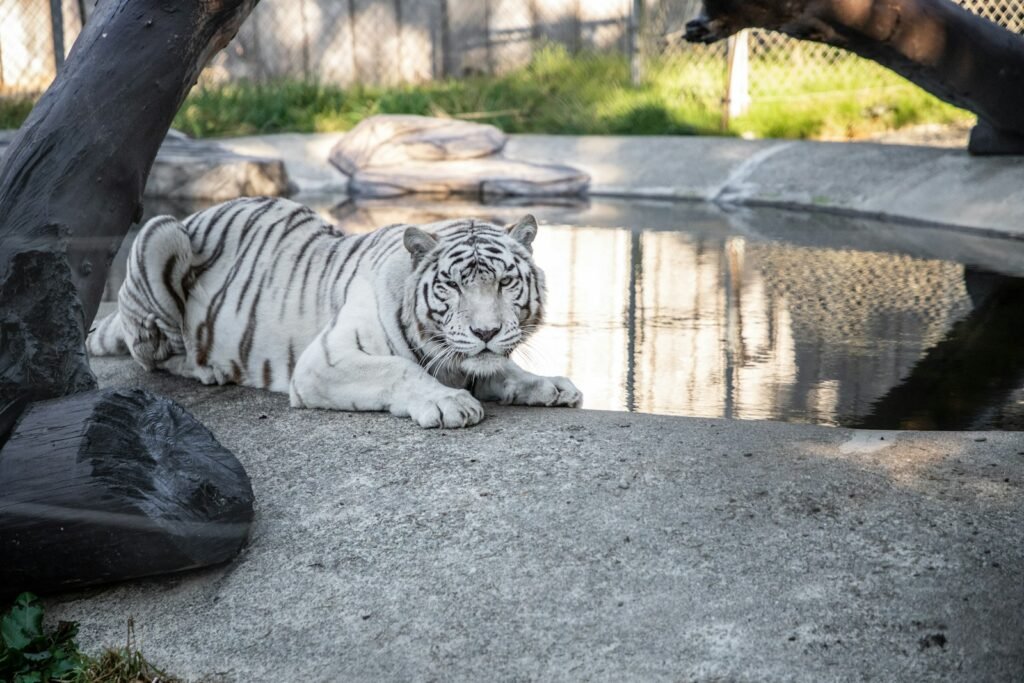
Human activities, such as habitat destruction and selective breeding, can influence genetic diversity in big cat populations. Captive breeding programs for rare colors like white tigers often focus on aesthetics rather than genetic health, sometimes leading to inbreeding and associated health problems. This human influence has significant implications for the conservation and management of big cat species.
The Importance of Genetic Diversity
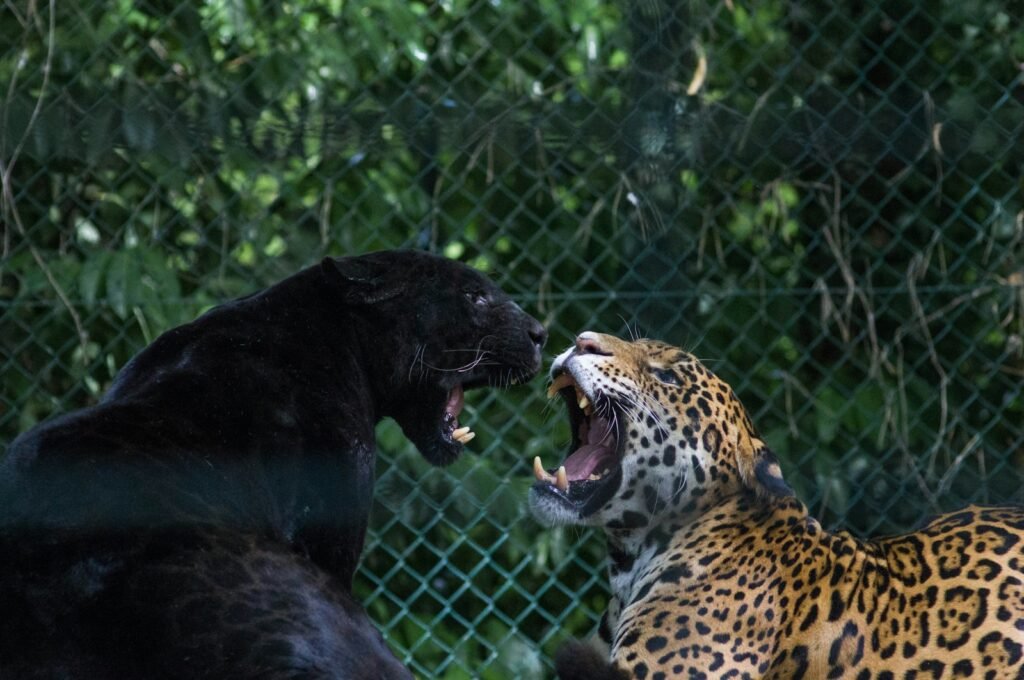
Genetic diversity is crucial for the health and survival of populations. It enables species to adapt to changing environments and resist diseases. Conservation efforts often focus on maintaining or increasing genetic diversity in wild and captive populations to ensure the resilience and long-term survival of these majestic animals.
Conclusion: A Delicate Balance
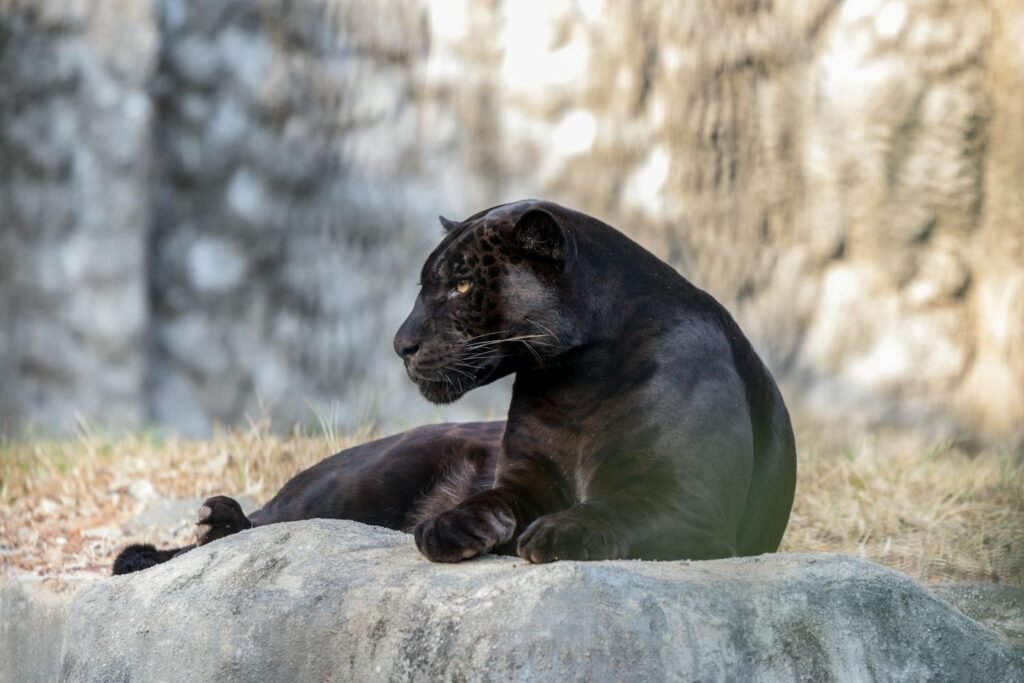
Genetic mutations in big cats are a testament to the intricacies of nature and evolution. They highlight the delicate balance between beauty and functionality, survival, and genetic health. Understanding these mutations and their effects on big cats is vital for their conservation and the preservation of biodiversity. As we continue to uncover the mysteries of genetics, we gain deeper insights into how we can better protect and conserve these incredible creatures for future generations.

Linnea is a born and bred Swede but spends as much time as possible in Cape Town, South Africa. This is mainly due to Cape Town’s extraordinary scenery, wildlife, and atmosphere (in other words, because Cape Town is heaven on earth.) That being said, Sweden’s majestic forests forever hold a special place in her heart. Linnea spends as much time as she can close to the ocean collecting sea shells or in the park admiring puppies.






